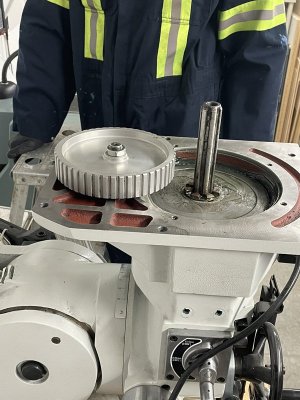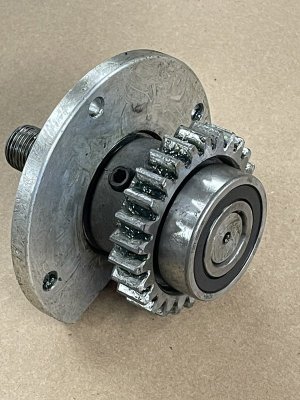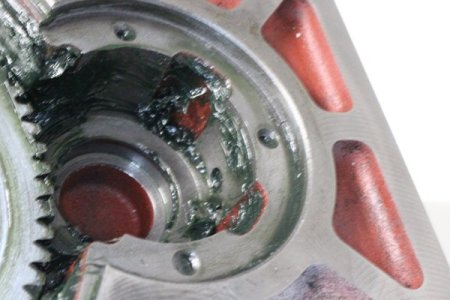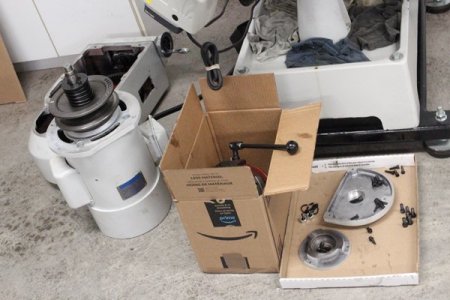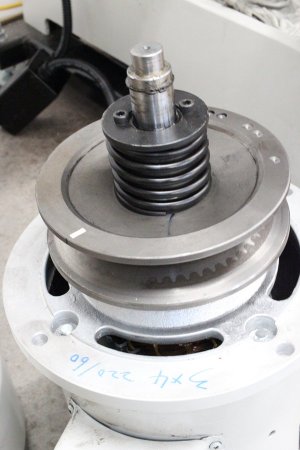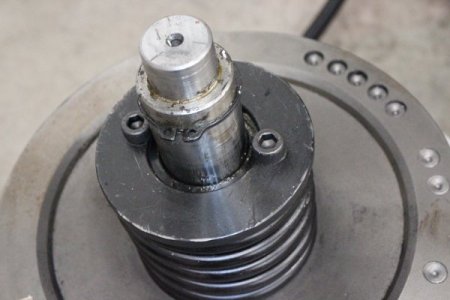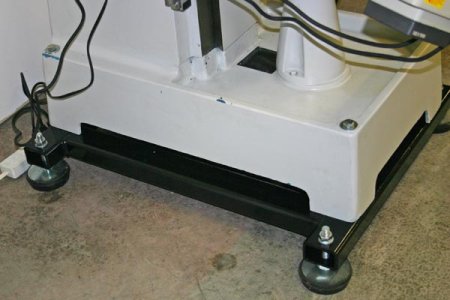Well, there are lots of ideas and suggestions, so I will throw a couple into the pot too. A crude vibration sensor is your finger nails, very lightly touch your finger nails to a surface, often you can feel vibrations that are difficult to feel with the pads of your fingers, sometimes can be even painfull to do this. Do this at different speeds, if the vibrations/harmonics/cyclelitic frequencies do not change, likely in something that operates at the same speed all the time (motor, any primary drive pulleys). If there is change, likely in the driven components.
Check the drive belt for any rough spots, look closely at any seams, some belts have an obvious joint seam, check the width of the belt and the height/depth of the belt, should be consistent. Have seen a belt with a bad area at a seam/joint, made a slight “crick in the belt”. It was new.
Bearings can be the cause of cycling noises, the wrong lube, too much lube, lack of lube. Sometimes lube is moved around in the bearing, rotating also at a different speed then a race which has caused vibration issues. Normal, often, no, but has.
Lastly, is the cause a turning component or something lose vibrating causing a noise/cycling harmonic maybe not even on the machine. Have seen a wall panel vibrating slightly in and out of sink? with a machine. When I was in collage, was told of a large engine that had a bad vibration, engine was nearly custom rebuilt, and fully balanced, crank, pistons, rods, anything moving was checked. Turned out to be flywheel, nearly a pound out of balance, manufacturer said there was no way, and how would they have checked one that large anyway as there was no balancing equipment that large in western Canada at that time. Answer was “ever hear of a wheel balancer”.
All of the above maybe known and have been checked, but hey, remember
@Susquatch ‘s saying.


